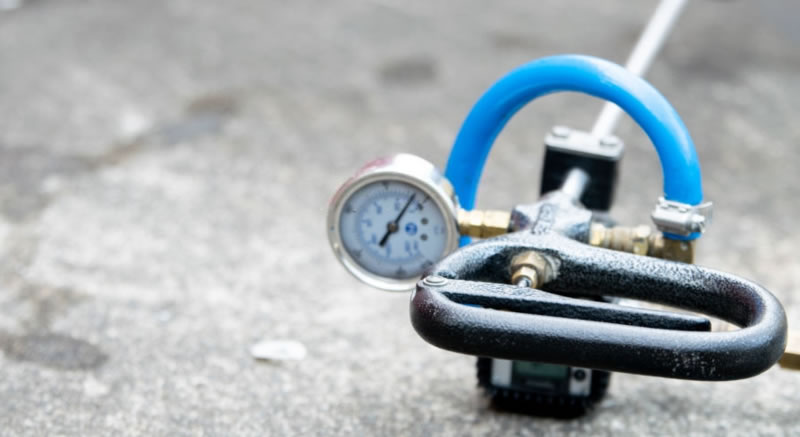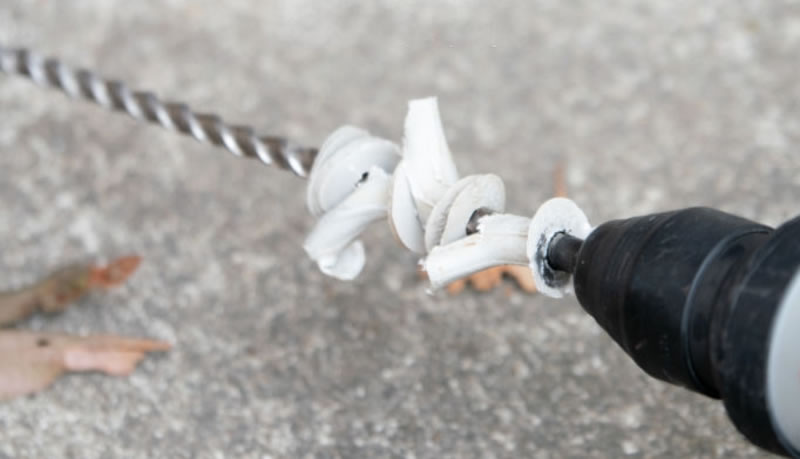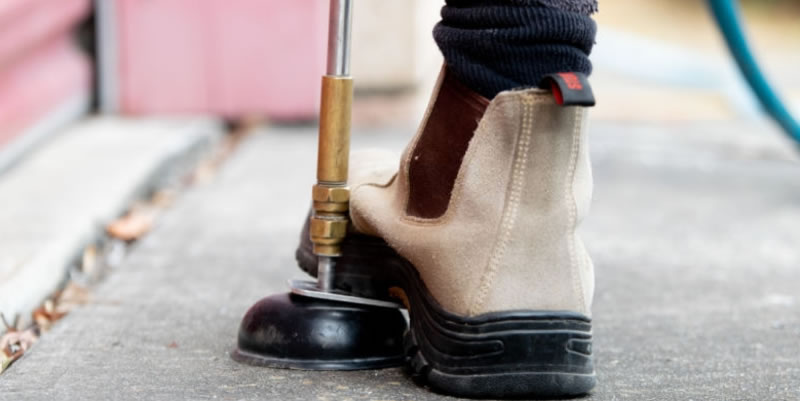What Is A Chemical Termite Barrier?
Chemical Termite Barriers
A chemical termite barrier is a line around a building which acts as an impenetrable zone for termites. It exists to keep your home protected against these pests. A termite barrier in chemical form is a perfect preventative tactic if you have a house that is already standing.
Much like a physical barrier, a chemical termite barrier creates a safe zone around a building. Thus, preventing termites from entering that space. A chemical barrier will either deter termites from approaching or utilise a toxin to kill the termites when they come into contact with it.
The Difference Between A Chemical Termite Barrier And A Physical Termite Barrier
A physical termite barrier is ideal for sloping properties and those that are still in the construction phase. This preventative tactic relies on steel or grit barriers placed under the ground. They prevent subterranean termites from entering a building from beneath the soil. Like a physical barrier, a chemical barrier also targets subterranean termites. These termites are hazardous because they can remain undetected for so long.
Unlike a physical termite barrier, you can easily have a chemical barrier brought in at any time. It doesn’t have to be during the construction phase. An added benefit of a chemical barrier is the extermination of the white ants’ colony.
Physical termite barriers will only prevent termites from accessing your building. They can still nest and breed on your property. Therefore, a physical barrier is best when you use it in conjunction with a baiting station or some other chemical. A chemical barrier will give you an all-in-one solution.
The Purpose Of A Chemical Termite Barrier
As mentioned, a physical barrier aims to safeguard your building against pests and white ants (also called termites). It enables the colony to continue to exist in the garden. The physical barriers are often part of the building design, especially in newer houses. This is because there are new building regulations requiring sealants and physical barriers to protect against termites. A chemical barrier, however, safeguards the house while it aims to exterminate the termite colony.
A slow-acting chemical placed in the soil will not kill the termites immediately. Instead, the termites carry it back to the nest (they can do this by simply touching the chemical). In the nest, it spreads quickly as other termites touch the infected one. Soon, the entire nest has interacted with it and the termites all die. This ensures the termite population on the property is at a minimum which ensures a greater level of for safety for the house.
The Mechanisms Of A Chemical Termite Barrier
There are different types of chemical termite barriers. The most trusted ones work as mentioned in the previous point. They harness the power of a slow-acting poison that is odourless. In this way, they wipe out the entire colony at once thanks to what we call a knock-on effect. The type of termiticide that delivers this is Termidor.
Prior to a chemical termite barrier installation, we have to make sure there are no active termite colonies on the property. If there are, we have to address these first. Once we are ready to install the chemical barrier, we will dig a trench around the house that is about 30mm in width. This is where the slow-acting toxin goes.
Many people believe that repellent use will suffice because it is much cheaper. Sadly, this will not work. Repellants only deter the termites and they tend to have proven themselves to be ineffective.
How Effective Are Chemical Barriers Against Termites?
There are two different types of termiticides used in chemical barriers against termites. One is a repellent and the other is a non-detectable transferable chemical. The first one is less effective, it acts as a deterrent. The second one is the toxin which the termites can’t smell or taste. It transfers to the colony and spread before it kills the ants.
Chemical termite barriers can protect your buildings for up to 8 years. That is, provided you maintain the trenches and have the regular chemical top-ups as recommended. This indicates that chemical barriers are very effective when you consider the damage you are preventing.
Thanks to the way in which chemical barriers also exterminate the colonies of the termites, this method is effective. Even more so when you compare it to using a physical barrier by itself. When you add a chemical-based approach to your physical barrier, you will have something that is equal to a chemical barrier.
Are Chemical Termite Barriers Safe?
The active ingredient which makes the chemical-based termite barriers so effective is not harmful to people or pets. In fact, anyone with dogs will encounter this product as it is present in most of the common pet shampoos.
The chemical is also placed under the ground, meaning your chances of interacting with it once the installation is complete, is next to nil. This makes it the perfect option for those who have pets and children. They are also suitable for use in gardens of avid gardeners.
Ready to safeguard your home? Termites are not dangerous on their own but the damage they do is potentially disastrous. They can wreck entire buildings. Sadly, termite damage is not covered by homeowners’ insurance and it is also not insurable. Termite prevention is a measure you have to undertake separately from insurance. It might be a bit bothersome, but we promise to make the entire process as simple and cost-effective as possible.
Sources



